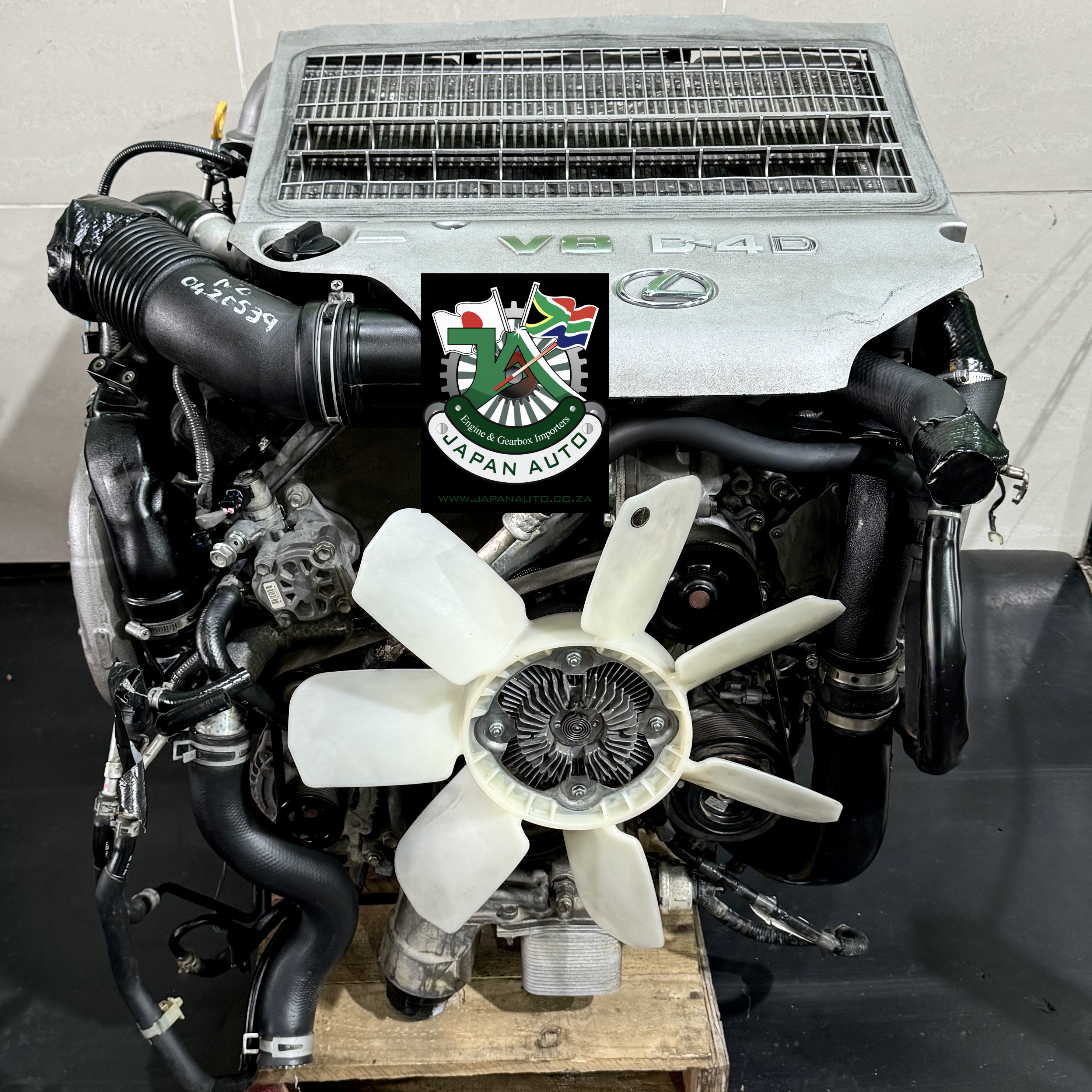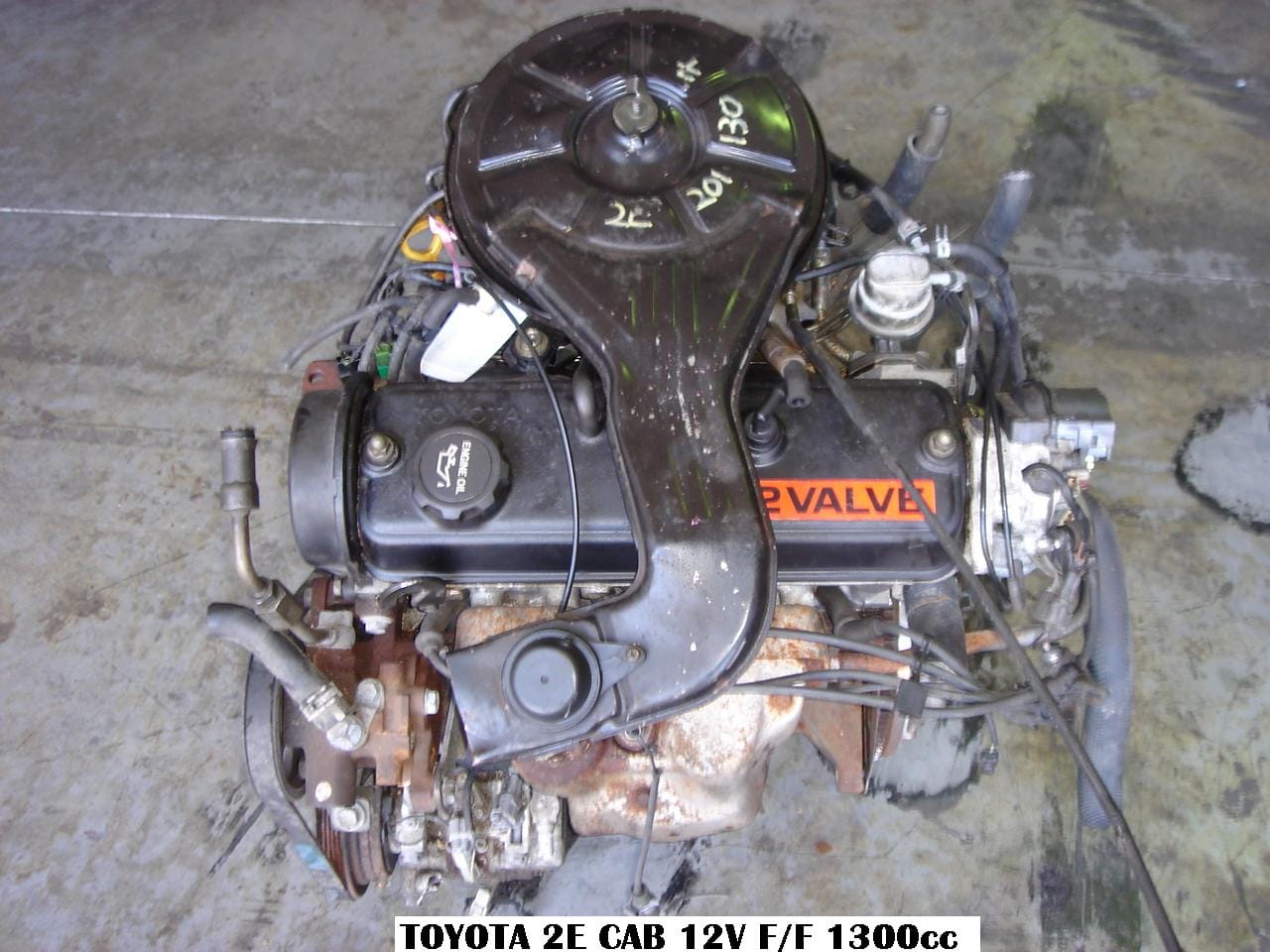How the Toyota Tazz Became a Staple in the Compact Car Market
How the Toyota Tazz Became a Staple in the Compact Car Market
Blog Article
Check Out the Most Recent Trends in Engine Technology With Tazz
In the swiftly evolving landscape of automobile innovation, Tazz stands at the leading edge, highlighting substantial advancements in engine systems that prioritize both development and sustainability. tazz. From hybrid engines that enhance gas effectiveness to the appearance of hydrogen gas cells, the fads forming modern-day powertrains are not just boosting efficiency yet additionally addressing crucial environmental challenges. As the industry remains to push boundaries, it is important to consider how these developments will affect future transport remedies and the more comprehensive effects for worldwide energy usage. What lies ahead in this crucial makeover?
Hybrid Engine Innovations
Crossbreed engine advancements represent a crucial change in automotive modern technology, integrating the benefits of inner combustion engines with electrical propulsion systems. This combination not only improves fuel effectiveness but additionally decreases exhausts, meeting increasingly rigid environmental guidelines. By utilizing both power sources, hybrid engines can optimize efficiency, providing power when needed while conserving fuel during much less demanding driving conditions.
Current improvements in crossbreed innovation include improvements in battery performance and regenerative stopping systems. These technologies enable greater power recovery during slowdown, which can be redirected to aid in acceleration or power auxiliary systems. Makers are focusing on light-weight products and portable layouts to take full advantage of the effectiveness of crossbreed powertrains.
The advancement of plug-in hybrids has likewise increased the market, enabling chauffeurs to charge their vehicles making use of conventional electric outlets. This attribute frequently permits significant all-electric range, more decreasing reliance on traditional fuels. tazz. As the auto industry proceeds to progress, hybrid engine innovations are anticipated to play an essential role in linking the void between conventional lorries and completely electrical designs, supplying a transitional option that satisfies diverse customer requirements and preferences
Advancements in Electric Powertrains
The automobile landscape is rapidly developing, with electric powertrains arising as a leading pressure in sustainable transportation. Advances in electrical lorry (EV) modern technology are substantially improving performance, efficiency, and customer experience. Key developments include renovations in battery chemistry, which have increased power density, lowered billing times, and extended total battery life.
Solid-state batteries, for instance, promise to reinvent the market by giving higher safety and effectiveness compared to standard lithium-ion cells. Additionally, innovations in regenerative braking systems are making it possible for automobiles to recover energy throughout deceleration, adding to overall effectiveness.
Along with battery modern technology, electric motor styles are coming to be much more advanced. Innovations such as integrated electric motors and progressed thermal management systems are assisting to enhance power distribution and reduce weight, eventually boosting vehicle dynamics.

Collectively, these advances underscore the commitment to transition in the direction of cleaner, extra reliable transport options, placing electric powertrains at the forefront of automotive innovation.
The Rise of Hydrogen Gas Cells
Significantly, hydrogen gas cells are acquiring traction as a viable alternative to typical inner combustion engines and battery electric lorries. This modern technology takes advantage of the chemical energy stored in hydrogen, transforming it right into electrical power through an electrochemical response with oxygen. The key by-product of this process is water, making hydrogen gas cells an ecologically friendly alternative with no emissions at the tailpipe.

Automakers are progressively buying hydrogen gas cell technology, recognizing its capacity for long-range applications and quick refueling capacities that rival traditional gas. In addition, fields such as heavy-duty transport and public transit are especially appropriate for hydrogen gas cells, where battery electrical remedies might fail due to weight and range limitations.
As research study and investment continue to broaden, hydrogen fuel cells are poised to play a considerable function in the future landscape of tidy transport and power options.
Enhancements in Internal Burning Engines
Technologies in inner burning engine (ICE) modern technology are changing typical lorries to fulfill modern-day ecological requirements and efficiency expectations. One of the most significant improvements entails the assimilation of sophisticated fuel injection systems. These systems optimize the air-fuel mixture, boosting burning effectiveness and leading to decreased emissions. Straight gas injection, as an example, permits far better atomization of gas, causing more complete burning and improved power output.
In addition, turbocharging has obtained importance, allowing smaller sized engines to provide greater performance without the weight of bigger engines - tazz. This innovation not only improves effectiveness yet likewise adds to reduce gas usage. Variable shutoff timing systems are likewise being improved, allowing engines to adjust to different driving problems for improved torque and responsiveness
In addition, making use of light-weight materials in engine building is becoming common, further improving gas efficiency by minimizing overall automobile weight. Engine control devices (ECUs) are progressively innovative, enabling real-time modifications that maximize performance and discharges.
These improvements jointly represent an essential change in ICE technology, lining up with international sustainability objectives while still offering the performance vehicle drivers get out of their vehicles. As the market advances, these renovations remain to shape the future of standard auto design.
Future Trends in Engine Effectiveness
Considerable improvements in engine performance are anticipated as manufacturers concentrate on integrating innovative innovations to fulfill rigorous ecological laws and consumer needs. The change in the direction of electrification, hybrid systems, and alternative fuels is reshaping the automotive landscape, driving innovations that enhance fuel economy and reduce emissions.
One of the key trends is the execution of innovative products and making strategies. High-strength alloys and lightweight composites contribute to lowered lorry weight, hence boosting general effectiveness. Furthermore, the adoption of turbocharging and variable shutoff timing modern technologies permits for enhanced power output from smaller sized engines, better boosting visit the website fuel economy.

Verdict
Finally, the expedition of engine innovation discloses considerable innovations that prioritize sustainability and performance. Developments in crossbreed engine systems, electric powertrains, and hydrogen fuel cells show a commitment to minimizing emissions while improving efficiency. Additionally, renovations in internal combustion engines and a concentrate on lightweight materials add to total engine performance. As the vehicle sector continues to progress, these fads will play a vital duty fit a cleaner and more lasting future for transport.
From hybrid engines that enhance fuel effectiveness to the introduction of hydrogen gas cells, the fads forming modern-day powertrains are not just boosting efficiency yet additionally addressing crucial environmental difficulties.Hybrid engine developments represent a critical shift in automobile technology, combining the benefits of internal burning engines with electrical propulsion systems.In addition, turbocharging has actually gotten importance, enabling smaller engines to deliver greater efficiency without the weight of larger engines. Furthermore, the adoption of turbocharging and variable shutoff timing modern technologies permits for enhanced power outcome from smaller engines, further boosting gas economic climate.
Improvements in internal burning engines and a focus on lightweight products add to general engine efficiency.
Report this page